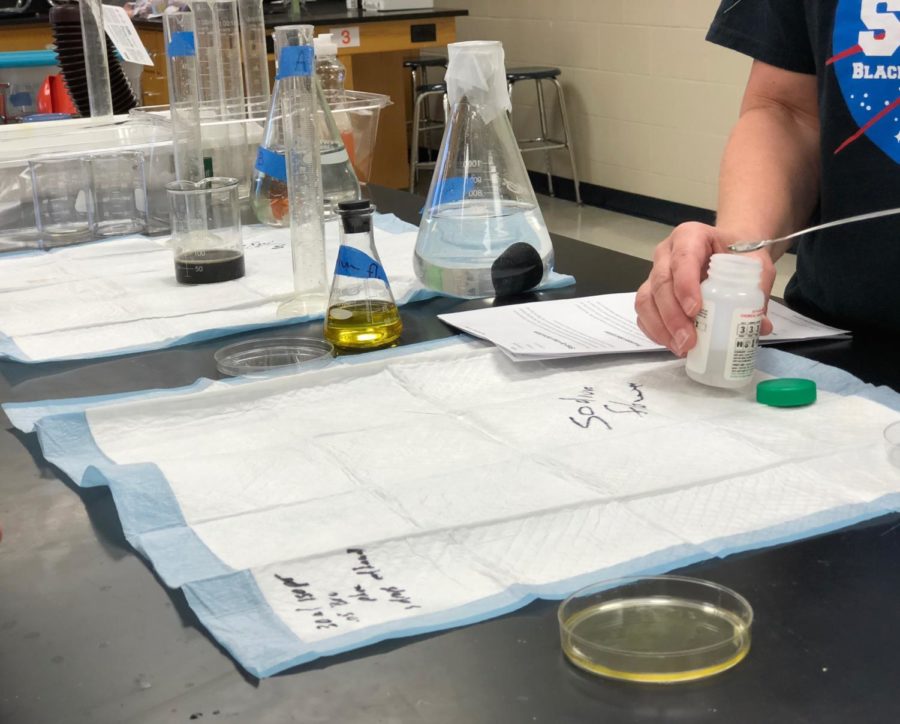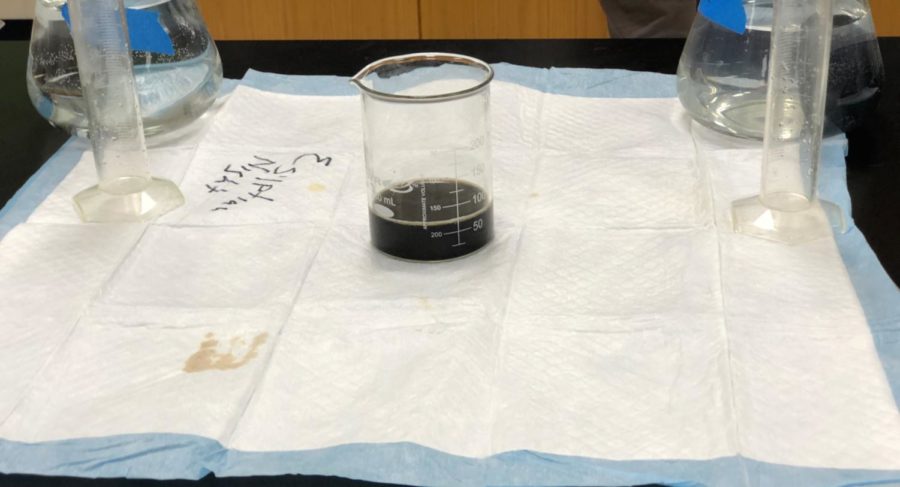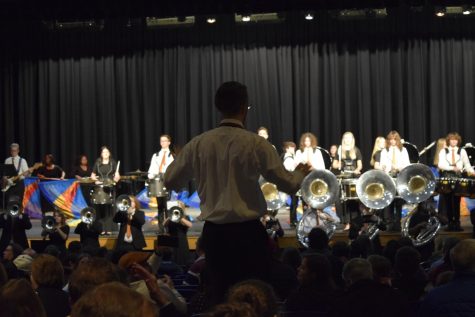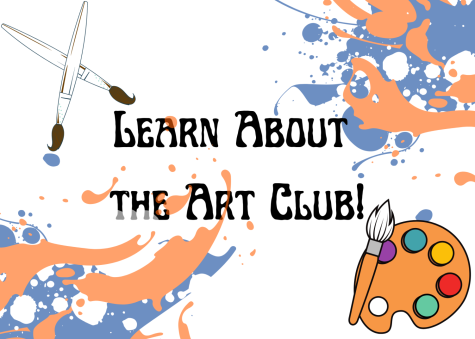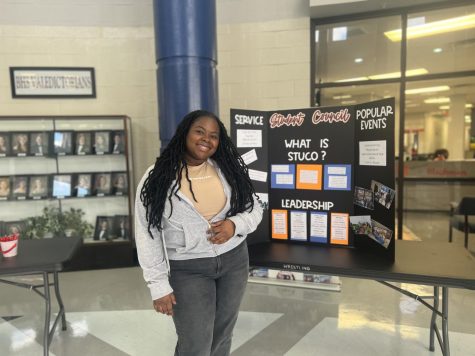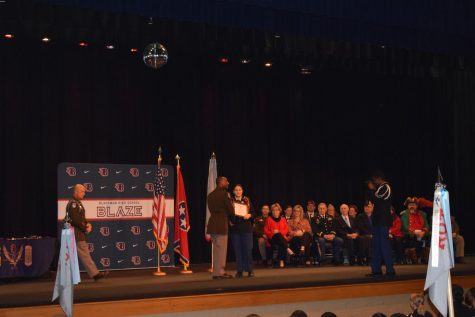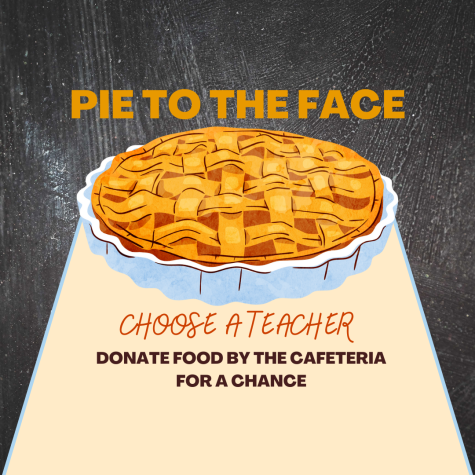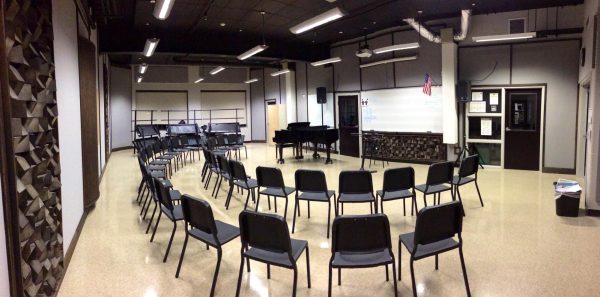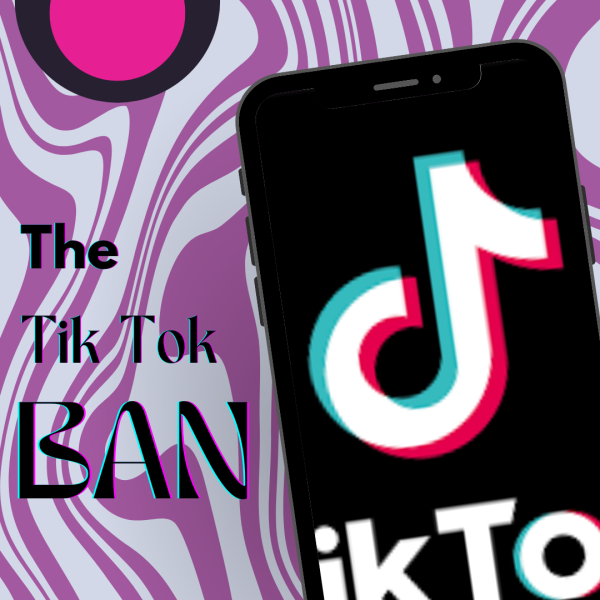Science Day: Bailey Eshelman’s Capstone
Science Day is a STEM based event for 6th-8th graders. There were three different activities and there were rotations so everyone could see them and experience it for themselves.
The first rotation was Bailey Eshelman’s Capstone project. She conducted a series of experiments with her teacher, Kimberly Baumann, supervising. The experiments included Egyptian night, sodium flower, dragon’s breath, and lighting her hand on fire.
Q&A
Q: What is a capstone project?
A: A capstone project is a real-life application of a research topic within a community.
Q: How did you pick your topic?
A: I chose chemical warfare as my research topic because it’s a growing issue in the world as more weapons are being produced and used for a variety of uses, which pose a threat to lives all over the world.
Q: How do you feel about getting to demonstrate these types of things?
A: Demonstrating the different reactions was exciting because although I enjoyed seeing the outcomes (repeatedly), I loved the concepts I was hearing from the students and the questions about why this happened or what would happen if we did this instead of that.
Q: Do you think it was a good learning experience?
A: I loved the experience I had during the Science Day. The kids that participated were genuinely interested in the sciences and going into those types of fields, which is really interesting to see from a group that was mainly sixth graders.
Experiments:
The Egyptian Night experiment includes a chemical reaction that changes the solution in the beaker a darker color. This reaction happens gradually and then all at once.
During the sodium flower experiment, you must have protective goggles to avoid the chemicals from getting into your eyes. The sodium flower experiment is sodium reacting with alcohols, making the color change to purple.
The elephant toothpaste experiment uses potassium iodide as a catalyst. This makes a foamy colorful substance.
The hands-on fire experiment involves coating your hand in a solution of water and gas then lighting your hand on fire. This solution is what protects your hands from burning when they are lit.
“Under President Edward Thomason, Science National Honor Society created a Science Day. It’s a lot of work for the students to put together. They put it together on their own while I supervise and provide a guiding hand. Everything that is done here was done by the students,” said Baumann.
This event is great for kids who are interested in going into the field of science.
“I might have to take an exam in real life and need to use the information I learned today,” said sixth grader James Bush.

My name is Mia Isom, and I'm a Senior! My main goal in life is to be successful and happy. A fun fact about myself is that I genuinely enjoy reading...


